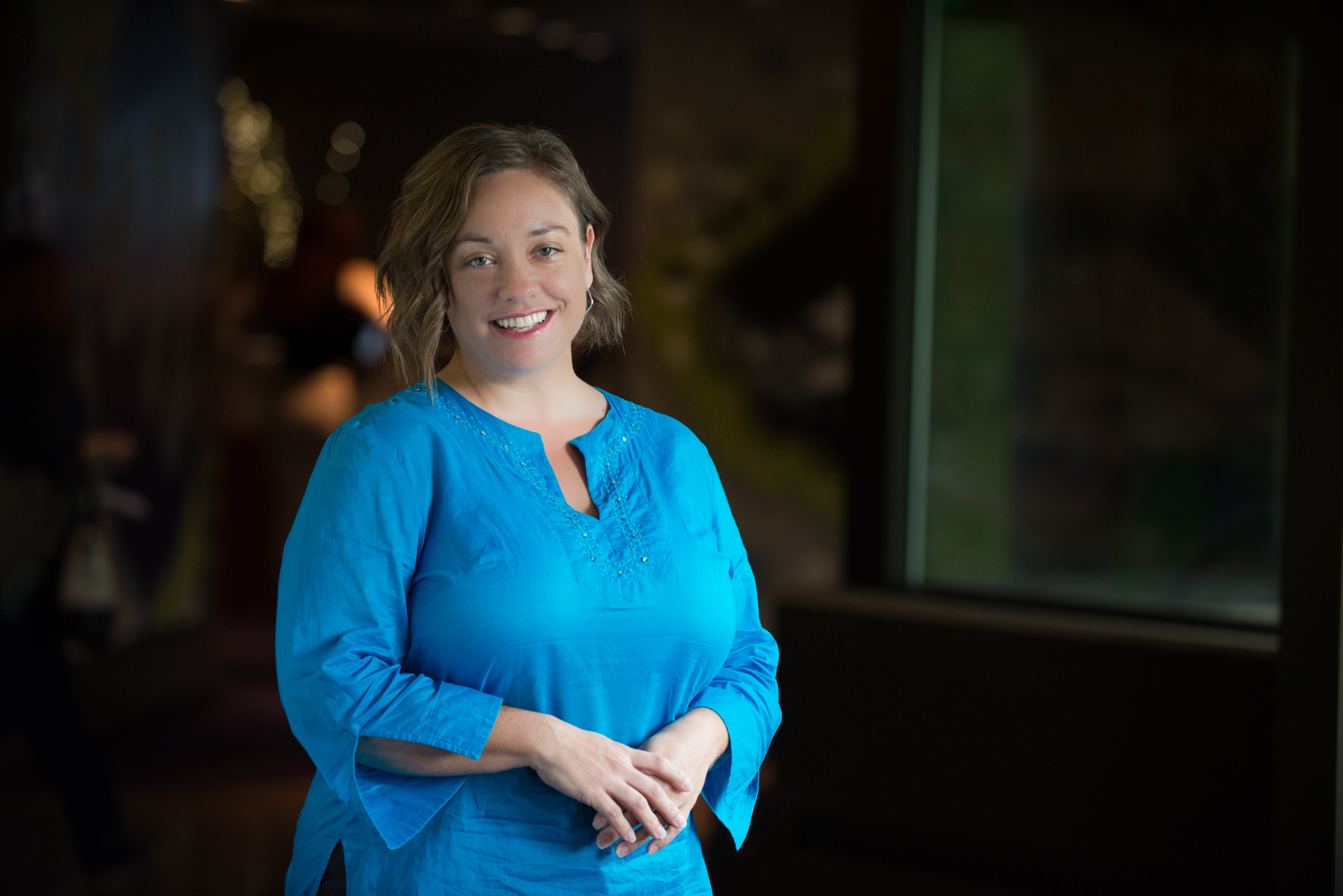Content Strategy for the Little Guy
Maybe you’re a non-profit relying on volunteers to maintain your website. Or a small business with a smaller web budget. Or an educational institution with a downsized marketing office. You’ve heard about this content strategy thing and are ready to give it a try, but by the time you can afford to hire a content strategist, we’ll all be driving flying cars and wearing Google glasses.
It’s tough being a small fish in a big internet. But there’s good news.
Content strategy isn’t just for the big guns. Whether your site is 5 pages or 500 pages, a little attention to your content can go a long way. And small improvements over time will add up, resulting in better content and increased traffic.
How? Here’s a crash course in content strategy especially for the little guy. Let’s start at the beginning.
Take a closer look at your audiences.
Who’s visiting your site? Who’s not visiting your site, despite your Adwords campaigns, Facebook page and local door hangers?
If you’re a small business, current customers and potential customers are your main audiences. (Audiences, plural. They’re not the same, which means you need to treat them differently. More on that in a moment.) And if you’re looking for investors or other community partners, you may also have additional audiences.
If you’re a non-profit, the purpose of your site is to raise awareness about an issue, raise money and effect change. That makes potential volunteers/donors a significant audience for you. Another significant audience is current volunteers/donors wanting to stay in the loop. Some of the information these two audiences are seeking from you will overlap, but again, the message is different.
To understand why these messages are different, ask yourself a question.
What information are these audiences looking for?
You can’t spend too much time thinking about this. It’s crucial. You may see your website simply as a bucket where everyone on the internet can find information about you. But that’s not how it works anymore. Websites are no longer digital yellow pages. Visitors are surfing for more than just your contact info.
Furthermore, web users are notorious for their short attention spans, and if they can’t find what they’re looking for, they’re outta there. You’ve lost your chance. Your content might be applicable to more than one group of people, but when you customize that content for each audience, you’ve made it easy for them to identify and digest.
Content customization: the key to connecting.
For example, let’s say you run the website for ABC Charity. A potential volunteer and a long-time volunteer both land on your site. You want them both to know about your next fundraising event because you need all the help you can get. So you post a press release about the event with a plea for help in the middle of your home page, hoping to kill two birds with one stone.
Well, if by “two birds” you meant both audiences, then yep, you missed the opportunity to connect with either of them. How? You failed to understand how their information needs differ.
The potential volunteer wants to get to know you first without making a commitment. But the long-time volunteer is already committed to your cause and just needs specific information about an upcoming event. Don’t make them both hunt. Instead, customize your content.
A home page highlight linking to “Why Our Volunteers Love ABC Charity,” with photos, names and quotes of actual volunteers, is a compelling and non-threatening story that introduces your organization. A call to action at the bottom of that page encourages the visitor to sign up for your email newsletter to learn more.
And for the current volunteer? Quicklinks in the navigation to “Upcoming Fundraising Events” or “Contact Your Community Organizer” take her straight to the details she was looking for, without the frustration of having to read a whole article about the event she is already signed up to attend.
Give the people what they want.
That’s a lesson Hollywood has been profiting from for decades. Give the people what they want and they’ll come back again and again. Let’s apply that to your website.
If you’re selling a product and your audience is primarily DIY, are you giving them how-to content? Video tutorials? Instruction kits? If you’re selling a service, are you giving them customer testimonies? Photos of finished projects? Whitepapers or blog posts demonstrating your industry leadership?
If you’re a charity or other grassroots organization, do you have a “3 Easy Ways to Get Involved” section with simple calls to action? Do you offer a (secure!) method of donating online that is easy to find but not obnoxious?
If your site is educational, are you offering research? Is it peer reviewed? Is it easily searchable? Is it documented appropriately for easy citation?
Now make it personal. And shareable.
People want to connect to people, not to websites. Do you have an about section that declares your core principles without putting visitors to sleep? Do you identify your senior management? Do you include links to their Twitter or LinkedIn profiles so people can connect with them outside of customer service?
And are you taking full advantage of sharing options? Your hilarious how-to video, passionate manifesto or top-notch research study is just the kind of content visitors will want to share. Make it easy for them to share—and make it of a quality they’ll want to share—and your visitors will gladly become your greatest ambassadors.
Ok, that’s your crash course on content strategy.
Here are the CliffsNotes:
1. Identify your audiences.
2. Give them the information they’re looking for.
3. Customize that content to meet their needs.
The deeper you go in improving your content, the better your results. But in principle it really is that simple, which means even the little guy with the little budget can do it.
To help you, next week we’ll present 10 concrete ways you can start improving your content immediately, as time and budget allow. Stay tuned!





